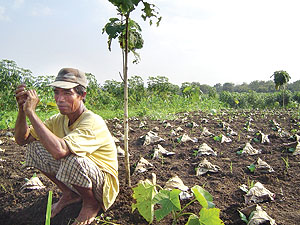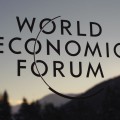Microfinance is widely lauded as a sustainable long-term solution to worldwide poverty. It gives investors incentives to provide financial services to the poorest people in the world, who would otherwise have very little chance of obtaining loans, insurance and training. The world has 2.5 billion people who do not have access to banks or credit cards. Microfinance institutions (MFIs) provide small loans to the world’s poorest people, allowing them to become entrepreneurs with their funding.
The concept of micro-loans gained traction in the 1980s when Muhammad Yunus started the Grameen Bank in Bangladesh. Yunus founded the bank to give poor people the opportunity to invest in their own future. The concept has gained so much attention because the clients have been paying back the micro-loans to their lenders at impressively high rates. It has been a huge success in terms of poverty reduction; The Himalayan Times reported a reduction in people living below the poverty line from 30.85% to 25.16% in a few short years.
Gopal Kafle, deputy governor of Nepal Rastra Bank, credited MFIs for “assisting in poverty alleviation, women empowerment, creating social awareness, and enhancing the state of not only financial literacy but also of general literacy.”
Public recognition of the concept in the developed world will be an important factor in its continued growth. In March 2012, IPSOS Business Consulting conducted a survey to measure the reputation of microfinance in France. The survey found the concept is gaining recognition–71% of interviewees were familiar with it in 2010 and 84% in 2012–and this recognition is positive, with 70% of interviewees seeing microfinance as a solution to global poverty.
in the developed world will be an important factor in its continued growth. In March 2012, IPSOS Business Consulting conducted a survey to measure the reputation of microfinance in France. The survey found the concept is gaining recognition–71% of interviewees were familiar with it in 2010 and 84% in 2012–and this recognition is positive, with 70% of interviewees seeing microfinance as a solution to global poverty.
The future of microfinancing appears strong going into 2013 and beyond. It has a good track record in helping poor communities, and bankers in the developed world are catching onto the excitement and profit. The challenge ahead is to improve the economic sustainability of poor communities by encouraging savings in addition to making the loans. In a round-table discussion about developmental goals for MFIs into the year 2015, CEO Hugh Allen of VSL Associates talked about the need for financial institutions to accommodate poor communities with vital services traditionally provided by charities.
“Community-based systems have the advantage of speed and accessibility,” Allen said. “They’re based on sensitive, deep understanding of their clients. They know each other. Unless as a financial institution and partner you can compete on those grounds, you aren’t going to go far.”
Microfinancing will continue as a long-term trend as long as banks and non-profits continue working together to provide financial and emergency solutions for poor communities.
[cf]tracking[/cf]






No Comment